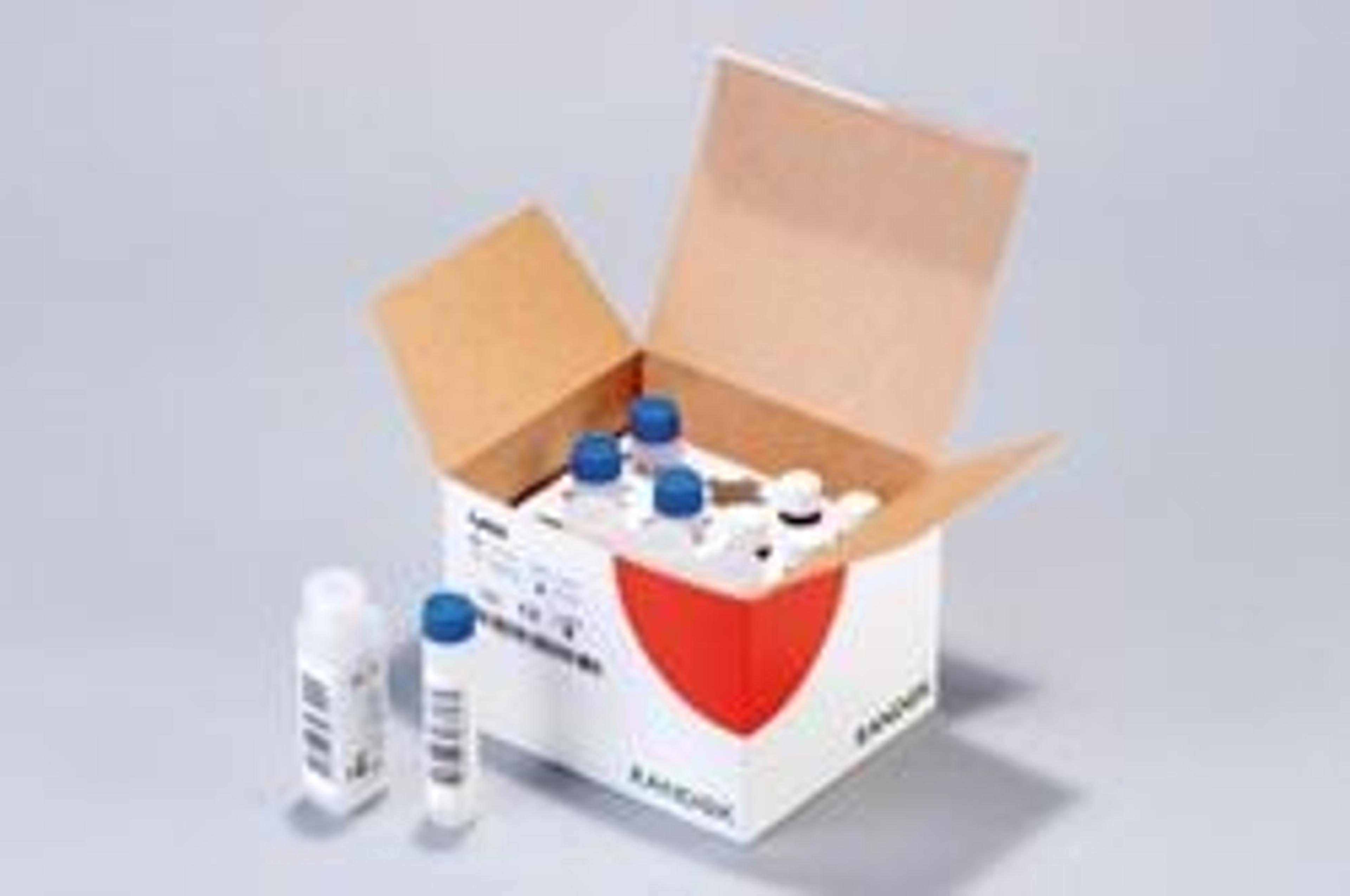Highly Specific Lp(a) Assay from Randox Available for Chemistry Analyzers
15 May 2012
Randox provides a highly sensitive and specific method for the detection of Lipoprotein (Lp(a)) in human serum and plasma. The liquid ready to use Lp(a) assay is based on an immunoturbidimetric method and is suitable for use on most chemistry analyzers. The assay is not affected by Apo(a) size related bias like other commercially available methods.
Lipoprotein (a), (Lp(a)) in combination with other lipid tests can provide clinicians with much needed additional information on an individual’s risk of developing cardiovascular disease (CVD). High levels of Lp(a) are known to occur in individuals with an otherwise normal lipid profile, and as such it is thought to contribute to an increased risk of CVD independent of other lipids. Several large scale studies have shown Lp(a) to be a major independent genetic risk factor for premature CVD.
Although not currently a routinely requested test the European Atherosclerosis Society (EAS), the National Cholesterol Education Programme (NCEP) and the National Academy of Clinical Biochemistry (NACB) recognise the usefulness of Lp(a) and recommend testing patients with a family history of premature CVD or those classified as moderate to high risk.
Lp(a) is structurally similar to LDL Cholesterol and consists of a cholesterol rich core and a molecule of Apo B attached by disulphide bridge to an Apo(a) molecule. The measurement of Lp(a) is heavily influenced by the size of Apo(a) and varies widely due to the Kringle 4 Type 2 domain which can be present in up to 40 copies. The size heterogeneity of Apo(a) affects the outcome of many commercially available Lp(a) assays ultimately resulting in the misclassification of both high and low risk patients.
Research has documented and shown the Randox immunoturbidimetric Lp(a) assay to be one of only a few not to be affected by the varying size of Apo(a). The excellent specificity seen with the Randox assay is due to the high volume of polyclonal antibodies used, which ensure more Lp(a) bound antibodies are recognised and detected in the sample. The 5 point calibrator also helps by taking into account the variable size of Lp(a) and results in excellent commutability of the calibrator with the patient sample.
The assay is easy and convenient to use, no sample preparation is required and all reagents are liquid ready-to-use. Once opened the reagent is stable for 30 days onboard the analyzer minimizing waste and helping to keep costs low. As with all Randox reagents, Lp(a) can be used on a wide range of chemistry analyzers with fully automated applications available.
The Randox assay correlates extremely well with the ELISA reference method, has an assay range of 2.1 – 90mg/dl and suffers limited interference from Intralipid®, Bilirubin, Hemoglobin, Ascorbic Acid, Triglycerides, Plasminogen and Apolipoprotein B.

